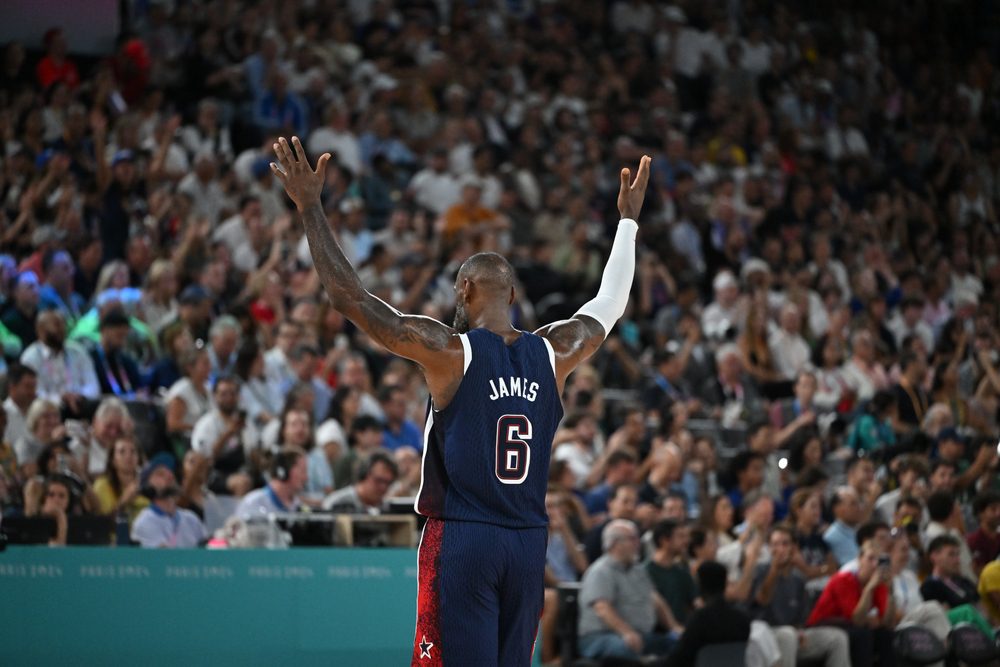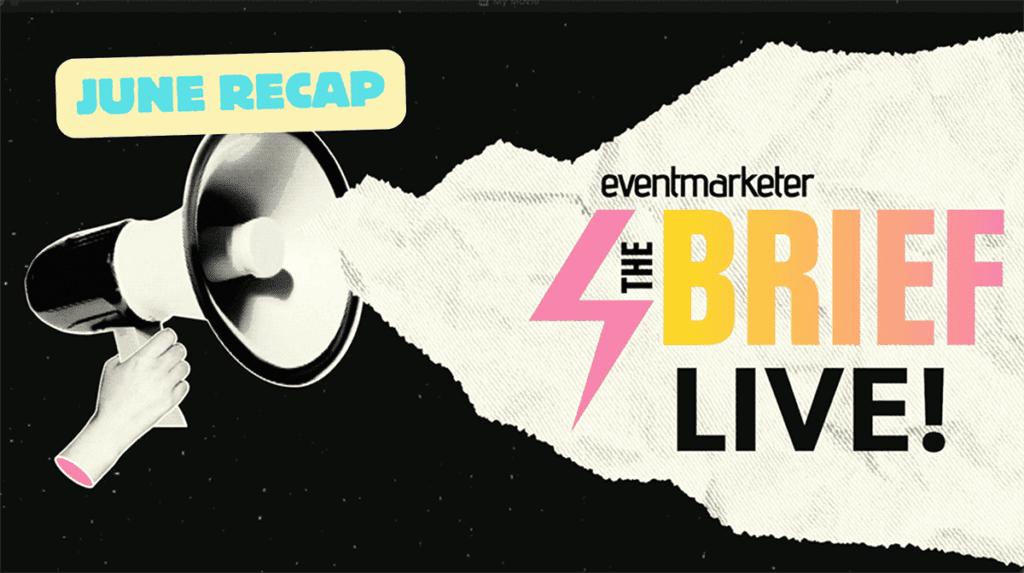Kraft Foods and Nabisco are more alike than different, but the differences are crucial to marketing: Meals vs. Snacks. Media-driven promotion vs. in-store display. Warehouse distribution vs. direct-store delivery. Consumer focus vs. trade focus.
Take the best of each and it’s a killer combination. The trick is getting there. And the new Kraft — with Nabisco safely aboard — will start by going back to school.
The Turn School Time into Slime Time campaign is the first all-out promo push for newly merged Kraft since it bought Nabisco Holdings Corp. for $18.9 billion last December. The effort showcases Kraft’s new in-store strategy: Leverage as many brands as possible, using a central display as the hub that drives traffic to different aisles.
Adding Nabisco gives Kraft four venues for marketing growth: all-cylinders marketing, especially corporate promotions that leverage a mix of brands; more partnerships like Kraft’s joint-promo arrangement with Reynolds Metal; a tightened agency roster, expected by October; and new products, especially hybrids that mix brand names, such as Oreo Jell-O pudding snacks.
“Both companies are very happy with their promotional track records,” says Kraft senior vp-marketing services Eric Leininger. “We have even bigger possibilities now because of the brands we can put together. We’re very actively learning from each other.”
“It’s the confluence of two strong rivers, flowing in the same direction,” says Ken Harris, partner with Cannondale Associates, Evanston, IL. “Overall, retailers feel good about it.”
This spring, Kraft pooled its Northfield, IL, promotion managers to float from brand to brand as needed. (Promotion planners and strategists are still assigned to specific category teams.) In White Plains, NY, a percentage of promotion workers were teamed up with sales staffers, and the three former Nabisco units — Biscuit & Snacks, Planters, and Confections — keep staff assigned by brand and category.
Moving staffers and some brands “has helped kick-start the innovation that comes from learning each others’ business,” Leininger says.
The company is reviewing its agencies and is expected to approve a new roster by October. Shops that worked for both Nabisco and Kraft are thought to have a leg up, including J. Brown/LMC Group, Stamford, CT; EastWest Creative, New York City; and Colangelo Synergy Marketing, Wilton, CT, which picked up Milk Bone and Stella D’oro assignments from Nabisco this summer.
“We learned of them through Kraft,” says Biscuit Group director of promotions Allan Falvey, a long-time Nabisco executive. “We looked at all Kraft’s agencies. We felt it made good business sense.”
“We’re working on getting the best possible set of partners,” says Leininger. “We constantly review our partner agencies’ performance.”
Kraft dropped Ryan Partnership, Westport, CT, for corporate-events work (it runs nine or so annually) earlier this year. “We changed how we do corporate events,” with internal staff now coordinating work from brands’ own agencies, Leininger says. “It’s less about Ryan and more about how we changed internally.”
Budgets have been cut, mostly through volume-purchase savings and streamlined support services. But consumer promotions still get the same bang for fewer bucks.
“Budgets are going down because of savings, such as [expanded] purchase capability and streamlined processes,” Falvey says. “Plus, as part of Kraft’s Scale Group, we find lots of savings in that.”
Leininger declined comment on budgets.
Money saved through streamlined negotiation (one sales call covering all brands) and in-store execution (Nabisco reps help merchandise Kraft brands, too) can be reallocated to more customized displays, suggests co-marketing consultant Chip Hoyt.
Krafting a Plan
The company’s new strategy will combine Nabisco’s in-store muscle (read: push) with Kraft’s media strength, which was honed to pump consumer pull. It’s the long route to integrated marketing, but if Kraft can pull it off, it’ll score well with both consumers (its traditional strength) and retailers (Nabisco’s forte).
To get there, sources say Kraft is raising the bar on promotion strategy, calling for consumer insights to drive display activity. The new measuring stick: If you take away Nabisco’s in-store presence, the promotion must still work. “In other words, if it had no legs, would there still be a body and soul to the promotion?” explains an agency source.
“Nabisco has way more fun with its products than Kraft ever did,” says a former Kraft manager. “The million-dollar question is, will they hold onto the fun while bringing in Kraft’s discipline?”
“We have even bigger possibilities now because of the brands we can put together. We’re very actively learning from each other.”
— Eric Leininger, Kraft Foods
The litmus test comes this month, when Slime Time breaks nationally (P-O-P went up in July). The campaign brings together 20 brands for a sweepstakes awarding four grand-prize winners a Nickelodeon-themed day at school, where the cable network will air Slime Time Live and host a private concert with bands including O-Town, Lil’ Romeo, and Baha Men. To keep the August-through-November campaign fresh, an on-pack instant-win sweeps on 120 million packages gives away $1.5 million in cash prizes ranging from $5 to $500. P-O-P displays shaped like a school bus — a Nabisco favorite in past back-to-school campaigns — feature Nickelodeon characters. New this year is a corrugated locker stocked with product and an on-pack icon: a locker with green Slime oozing out of it that will appear on all packaging.
Heavy TV and print advertising support, including Kraft’s first-ever universal promo tag for brands’ TV spots. An online sweeps at nick.com and toomunchfun.com (a Kraft-run gaming site) gives away school supplies daily and lets kids e-mail friends. EastWest handles the promotion with FCB, New York City, doing TV.
“The ubiquitous Nabisco school bus is an in-store anchor for us,” says Kraft director of kids marketing Lisa Coker. Nabisco’s field staff got 20,000 bus displays up through August. “They can get that bus up with the snap of a finger,” she says. “We can leverage that as one company now. Kraft Kids Brands has rich insight, and we do great kid programs. Now, with Nabisco’s in-store [expertise], it gets that much stronger.”
Now in its sixth year partnering with Nick, Kraft has its system down. So when the merger closed, it was easy to “hit the ground running with Nabisco,” Coker says.
Brand promotion directors, category business directors, and senior brand managers meet monthly (in person or via videoconference) to set group strategy and update individual brand plans. Closer to a campaign’s launch, they meet every two weeks to set tactics and logistics.
For back to school, “our biggest challenge was timing,” since most brands needed their packaging set by February, Coker says. “The good thing is, that made us focus. We held hands quickly to make it happen.”
Back-to-school planning was already underway when the merger closed. Kraft and Nabisco marketing staffers first met on neutral territory: Nick’s offices. “I felt like Madeleine Albright bringing these two together,” says Nick senior vp-promotions Pam Kaufman.
Plans are already set for 2002, and in fourth quarter Coker and team begin planning 2003. Kraft Kids Brands does two big promos a year (this year’s spring blitz was Nick’s Kids’ Choice Awards) and will play up display in future campaigns.
Store Managers
Kraft staffers are excited to have access to Nabisco’s field force. “They’re saying, ‘Now I’ll get the execution on my program,’” says a source close to the company.
The only staff that hasn’t merged is the sales force. Having two separate sales groups with distinct DSD and warehouse logistics makes it hard for Kraft to merge Nabisco’s sales force into its own. That autonomy — and the fact that retailer goodwill is so crucial to Nabisco’s in-store success — may keep Nabisco sales reps from marching in step with Kraft colleagues the way marketing staffs have.
“We can go to market with promotions without a merged sales staff,” says Leininger. Kraft continues to mull it, he adds. The 1996 Kraft and General Foods merger “showed us the positive impact of a single voice, because it let retailers look at our solutions all together.”
Separate sales forces work just fine, contends Cannondale’s Harris. “The concern [that Nabisco’s trade relations will suffer] is overrated. Ten years ago, [Kraft was] a dairy company. Now, they have very strong trade relations,” he says.
Kraft ranks No. 2 behind Procter & Gamble in Cannondale’s latest PoweRanking survey, in which retailers rate CPGs on marketing effectiveness. Nearly 37 percent of retailers put Kraft in the top three, compared with 46 percent for P&G (and less than 10 percent for Nabisco). Kraft is also No. 2 with a bullet on Cannondale’s annual trade promotion survey, which asks retailers to rate how effectively marketers use trade funds. P&G holds the top spot, but “Kraft is right behind with aggressive programming and top-rated planning,” says Cannondale partner Don Stuart.
Nabisco could mentor Kraft on using sponsorships as Kraft mulls how to “expand consumer touchpoints,” Leininger says. “That will lead us to more non-traditional venues, [depending on] where consumers are most receptive to our message.”
“Nabisco’s promotions are more alliance-driven than Kraft’s,” so the latter is helping the former’s pizza division evaluate a deal this summer, says Falvey.
Partnerships with other CPGs will continue. In January, Kraft and Coke will expand a Super Bowl alliance that performed well for Nabisco this year. While long lead times made it tough to get all Nabisco brands on board last year, “this year it’ll all be coordinated,” says Falvey.
“Clearly, entertainment partners like Nickelodeon also stay in the plan. Nick has worked extensively with Kraft Kids Brands for six years, and in 2000 signed a three-year promotion, licensing, and sponsorship deal with Nabisco. Kraft highlights include last year’s Rugrats in Paris Passport to Paris sweeps, with movie ticket offers on Kraft Macaroni & Cheese, mayo, Jell-O yogurt, and Post cereal; and Smell-O-Vision, a fall 1999 blitz whose offers on 70 million packages across 11 brands yielded a 7.7-percent volume increase.
Nabisco hits include tie-ins with SpongeBob SquarePants and CatDog Cheese Nips, the latter originally contested by Campbell Soup Co.’s Goldfish crackers but now a successful product.
“The back-to-school window is something Kraft and Nick have owned together,” says Nick’s Kaufman. “Nabisco always wanted to do back to school with us,” but Kraft had exclusivity.
Adding Nabisco’s brands — and in-store expertise — now makes for a longer window (July through November, when the prizes are fulfilled); Nick’s biggest-ever on-air presence; and more extensive retail support, including account-specific overlays for Kroger and Ralphs, sweeps that award five walk-on roles in Nick shows, and a seat for a Slime Time Live broadcast from Florida. It’s Nick’s first extension into local retail.
Nabisco’s input also has Nick talking to moms for the first time: Past Kraft collaborations focused on kids six to 11.
“It’s a challenge bringing a third partner aboard late in the game,” says Kaufman. With different in-store and on-air dates, packaging requirements, and media budgets, satisfying all brands was “an intense logistical effort,” she says.
Retailers have plenty of reasons to love the new Kraft. Its extensive portfolio and mind-boggling 99.2-percent household penetration mean big deals for key accounts. As Wal-Mart readies its 39th Anniversary sale, “Kraft can really use Nabisco’s broad coattails as a conduit to Wal-Mart and its consumers,” says Burt Flickinger, managing director at Reach Marketing, Westport, CT. “Wal-Mart singles out Nabisco as being very effective with intermediate and long-range planning, nationally and locally.”
In September, Ahold will run the month-long World Brand Sale in most of its 8,600 stores globally, including 1,100-plus in the U.S. through the Stop & Shop, Giant Foods, Tops, and Bi-Lo chains. The annual promotion launched in 1999 under the banner World Champions with country-specific sweepstakes and discounts — thanks to global purchasing agreements with 15 major international suppliers including you-know-who.
Kraft will continue to whet consumer appetites, too, as it leverages strong research through its integrated marketing process, IDEA (Insights Delivered Everywhere Alike). After all, the same families who eat lots of Mac & Cheese love Oreos, too.
That alone should keep Kraft’s marketing savory and sweet.
 Network
Network



